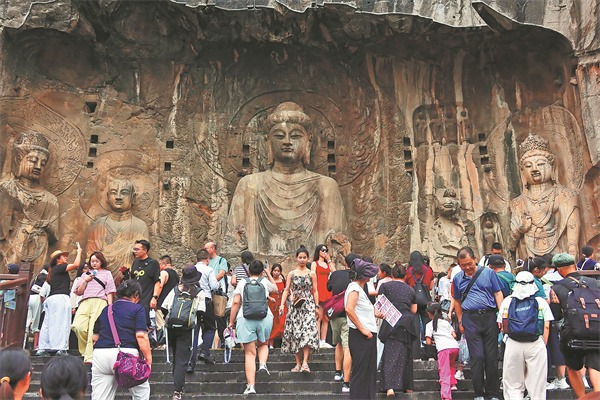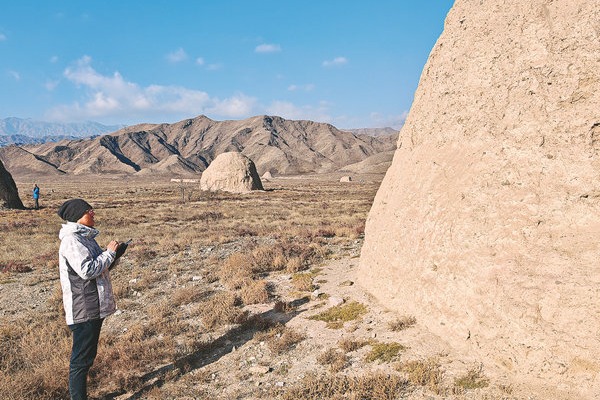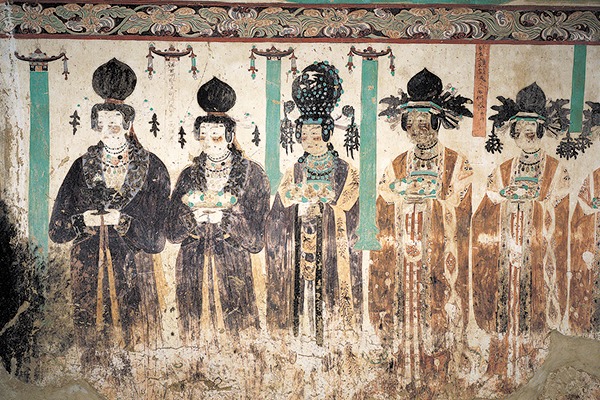



The number of identified cave temples in China continues to increase. In the ongoing fourth national census of cultural relics in China, which began at the end of 2023, experts have discovered a number of new cave temples, which refer to grottoes and sculptures carved into cliffs or mountains, and the remains of temple sites and cliffside statues, in places like Shaanxi, Sichuan, and Gansu provinces, the Xizang autonomous region, and Chongqing.

No matter the desert, Yang Shanlong, a researcher at the Dunhuang Academy in Gansu province, is devoted to prolonging the life of the earthen heritages that are key testimonies to history.

One theme that continually echoes through the world-renowned Mogao Caves in Dunhuang, Gansu province, is the passage of time. Tour guides often point out that the black elephant and black horse depicted in two frescoes — illustrating the mythical birth of Shakyamuni, the historical founder of Buddhism, and his departure from a life of luxury in pursuit of enlightenment — were originally painted white. Their darkened appearance today is the result of oxidation over a millennium.
The magnificence of Dunhuang and the Mogao Caves should be seen by the world. The issue has always been how to show them to more people, but still protect the delicate thousand-year-old treasures at the same time.
